MDLS Manor in Colombia details how MDLS Manor improves the quality of coffee beans.
MDLS This estate, not only comprehensive., Environmentally friendly estate, the point is: she really smells, taste very rich.
MDLS Estate is located in Bucaramanga, Colombia. It is an old estate with an altitude of 1700 meters. The full name of the estate is: farm of Mesa de los Santos-English means "Table of the Saints". Founder, Telmo J. Diaz.
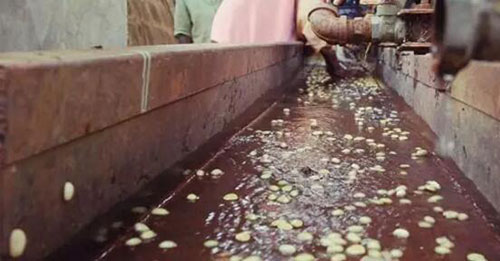
Oswaldo Acevedo, the current owner, decided in 1996 to change things and restore the estate to its former glory, that is, completely. Planting patterns, establishing... Harmless estate environment. These jobs require long hours of investment, not to mention the harvest season to find workers to pick, need to weed pruning workers can do, he needs to accumulate months of deep work, we know Costa Rica La Minita, Puerto Rico Yuco, belong to this kind of dedicated management of the estate.
MDLS has six farming families who live on the estate all year round, so cultivating coffee seedlings, pruning coffee trees in rotation, eliminating pests, preventing diseases and flowering all kinds of situations in their daily work, need to devote themselves; the owner Oswaldo Acevedo and his predecessors have built churches, schools, nursery, health clinics, computers, English teaching centers on the farm, in order to allow these families to have room to grow and worry about, concentrate on taking care of the coffee garden.
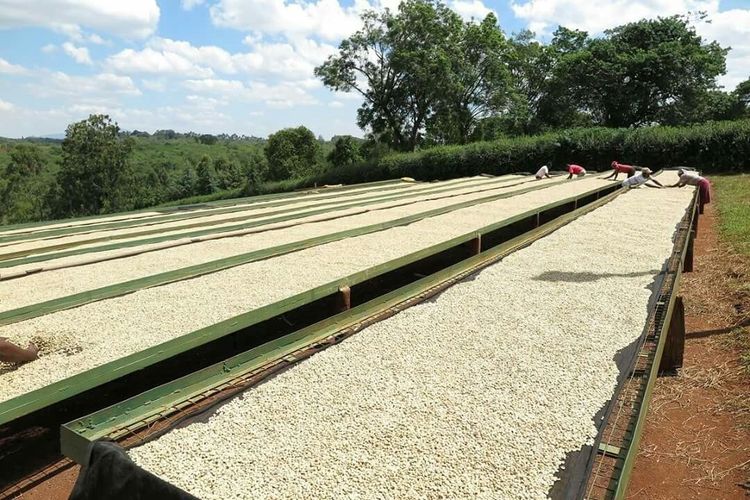
The degree of MDLS estate care can be observed through the following overall process:
(1)nursery: breeding seedlings yourself, breeding varieties including Bourbon, Typica, Colombiana, Caturra, rather than buying seedlings planted by others to transplant, this can be more fully identified which species can grow better taste in the microclimate of the estate (even testing the taste of two species after harvest to mix them for the best taste)
(2)Coffee trees: all coffee trees are planted under shade trees, shade trees and according to the environmental height and even as a reference for pest control, divided into high species, medium and low species to match the coffee tree planting, while studying the flavor of different coffee tree species after harvest for improvement.
(3)Hand picked beans (hand picked): hand planting, more particularly, harvesting workers in the coffee cherry picking, will prepare two bags, the big one filled with red, small green directly into, do preliminary screening.
(4)Wet treatment (wet mill): fermentation with mountain spring water, fermentation and washing in preparation for the sun, and in Colombia, many estates only do pre-simple treatment, wet treatment will be transferred to the treatment field, then, quality control is easy to have negligence,MDLS set up wet treatment field, not only to ensure quality, but also to do the cherry harvest on the same day, are the same day for pre-wet treatment (screening, peel pulp, cleaning, into the fermentation tank).
(5)Natural sun dry: fermented coffee fruit, washed with spring water, will be placed on the mobile sun rack sun drying,( sliding drying tables), these sun rack in rainy days or at night will be moved to the canopy, to avoid excessive moisture gas, which helps the quality of raw beans, in fact, very important. When the coffee is dried to about 12% moisture content, it will move to the warehouse to do rest action, to be ready for export when the moisture content reaches 11.5%..
( 6) dry mill: dry mill after sun exposure on your farm, including standing, shelling, density defect screening, grading.
(7)Storage: In particular, raw beans will be stored in a "rest" condition, such that moisture content is optimal at the outlet.
(8)Cupping: the green beans after harvesting are subjected to cup testing in stages, including screening qualified exports according to batches, bean species and rest time.
It is unbelievable that many know the manor, cup test is only to prepare, to deal with visitors, or simply dry to full city and then use the American coffee machine cooking method, to test this batch of processed raw beans; really use the international standard cup test mode, to adjust the seedling, planting, processing process of the manor, or a few; I believe MDLS and some famous manor, will be so persistent quality control, is his reason.
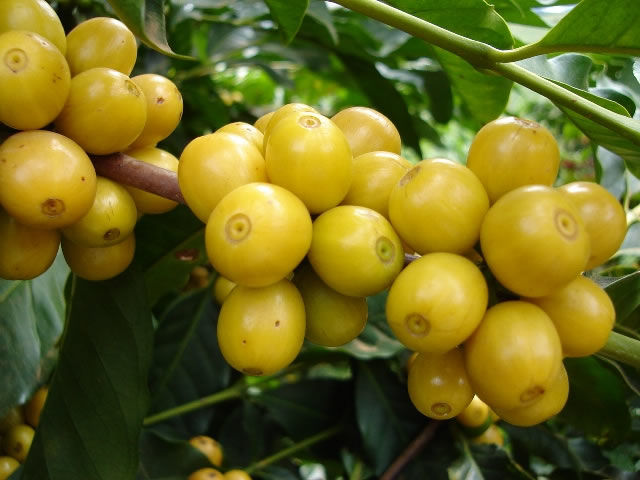
At present, coffee gardens in various countries, mining. Green coffee plantations are increasing day by day, often highlighted. Beans or environmental protection or bird harmless environment, and for the quality of the coffee produced is not really excellent, you need cup testing (even blind testing) or easy to flow in the old king selling melons, moreover, the reputation of the estate itself takes time to establish, often on the market some. Estate, because of poor quality control or change to high-yield coffee tree species, leading to gradual loss of reputation, or the first year or two excellent, one year out of the "mine beans" down to the rapid spread of bad reviews.
MDLS Estate, for example, planted up to 48 kinds of shade trees (according to the detailed environmental planning of the farm), habitat of 119 species of birds, estate also raised wasps to prey on insects, and planted plants also include mint and lemon and other aromatic trees, this rich aroma is also a natural pesticide, I do not know this estate coffee aroma is so good, and these dense shade trees related?
Observe this estate and you will find that his obsessive goal is: . Environment, first-class coffee quality, and there are many specific work objectives, and then thoroughly implemented in the daily work, sack, clear 4 agency certification, including OCIA, rainforest organization, bird friendly, Japan. Certification; another, more important to consumers: amazing taste!
The following is the test report for cup MDLS:
[Basic information]
Country: Colombia Region: Bucaramanga Estate: Café of Mesa de los Santos(MDLS)
Variety: 100% bourbon (although the raw bean is labeled as 100% bourbon, but the bean appearance should have some typica species)
Grade: 17, 18 mesh; up to MDLS manor export specifications
Treatment: Water washing method (natural sunlight after fermentation)
[cup test report]: a burst of the middle of the pot,cinnamon baking degree, that is, Osher M0 baking degree.
Dry fragrance: the aroma of the nose straight into the nasal cavity and then in the mouth to feel the rich SPICY aroma and can feel the oil aroma is very rich, this gas slightly disappeared, only to smell sour and sweet, very few beans dry fragrance so strong, then smell, fruit sweet, almond, berry sweet and sour, SWEET SPICY flavor turns up, the aroma is variable and complex.
Wet aroma: creamy, nutty, grassy, caramel, oily, raspberry acid, strong according to the strong fat sweetness wrapped over, is a very [heavy] smell of beans, broken, raspberry fruit flavor is very strong, sweet feeling at any time wrapped these flavors, but also with the grassy sweetness of the Kona area,
Sip: Clean and full is the first impression, with a little citrus acid belongs to the full round type, very comfortable to continue to the sweet and sour taste.. Acid is bright and not irritating, sweet and strong, spicy taste has been continued in the mouth, the whole mouth is covered with oil, slightly cool and tea astringent
Short comments: strong aroma, BODY rich, full acid value, sweet taste delicate lasting.
Important Notice :
前街咖啡 FrontStreet Coffee has moved to new addredd:
FrontStreet Coffee Address: 315,Donghua East Road,GuangZhou
Tel:020 38364473
- Prev
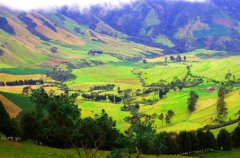
Columbia Colombia coffee bean roasting record selection and classification of the main producing areas detailed introduction
Colombia's geographical and climatic conditions are more suitable for coffee than Brazil, and coffee is produced almost all over the country from south to north. Once upon a time, Colombian Tibica was all the rage. Unfortunately, after the interest-oriented atmosphere swept through, Colombia now focuses on the production of commercial beans with mediocre flavor. We should not self-righteously say that coffee farmers are wrong, after all, people need to be the first.
- Next
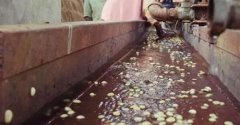
Introduction to the flavor and taste of washed Kadura coffee in Hailaila Garden, Antioquia, Colombia
For the exchange of professional baristas, please follow the coffee workshop (Wechat official account qianjiecoffee) Columbia Antioquia La Herrera Washed Hailera Manor, Antioquia, Colombia washed Antioquias Best Cup "Best Cup" species: Caturra Kaddura seed producing area: Columbia Antioquia Antioquia, Colombia.
Related
- Does Rose Summer choose Blue, Green or Red? Detailed explanation of Rose Summer Coffee plots and Classification in Panamanian Jade Manor
- What is the difference between the origin, producing area, processing plant, cooperative and manor of coffee beans?
- How fine does the espresso powder fit? how to grind the espresso?
- Sca coffee roasting degree color card coffee roasting degree 8 roasting color values what do you mean?
- The practice of lattes: how to make lattes at home
- Introduction to Indonesian Fine Coffee beans-- Java Coffee producing area of Indonesian Arabica Coffee
- How much will the flavor of light and medium roasted rose summer be expressed? What baking level is rose summer suitable for?
- Introduction to the characteristics of washing, sun-drying or wet-planing coffee commonly used in Mantenin, Indonesia
- Price characteristics of Arabica Coffee Bean Starbucks introduction to Manning Coffee Bean Taste producing area Variety Manor
- What is the authentic Yega flavor? What are the flavor characteristics of the really excellent Yejasuffi coffee beans?

